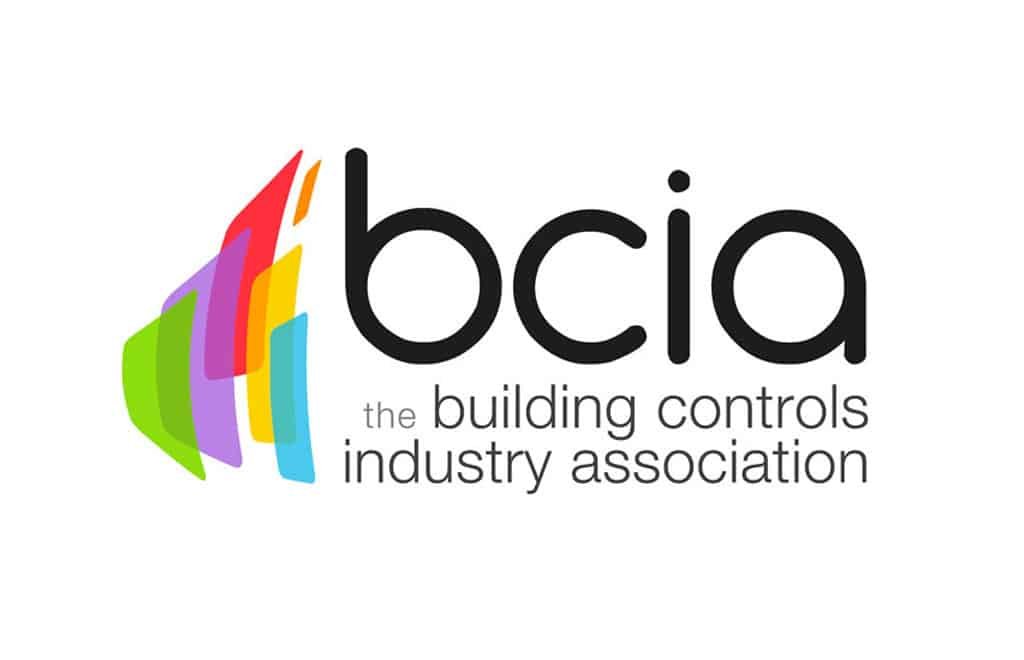Building controls - driving improved occupant wellbeing through innovation
By improving air quality, ensuring better concentration, and enhancing wellbeing, building controls play a vital role in creating more comfortable and healthier spaces for occupants. The challenge is now to bridge the knowledge gap and ensure more building owners are aware of the benefits these innovative systems can provide.
With International Wellbeing Week taking place just last week, the Building Controls Industry Association (BCIA) spoke to Ron Purcell, the Product Manager – Field Devices for Siemens Building Products about how building controls help improve occupant wellbeing and what the industry can do to increase awareness and improve education.
Q. How can building controls help improve occupant wellbeing?
A. Building controls play a crucial role in enhancing occupant well-being in a number of areas and create healthier, more comfortable spaces for occupants. By maintaining optimal conditions to positively impact their wellbeing, occupants experience comfort throughout the day.
Research suggests that giving occupants more control over their space increases satisfaction. Factors like daylight, views to the outside, and thermal comfort contribute to well-being, productivity, and fewer sick days.
Q. When it comes to improving wellbeing, what do you think is the most important aspect of building controls?
A. Building Management Systems (BMS) play a crucial role in improving indoor air quality (IAQ) within buildings by regularly monitoring and optimising the HVAC systems. BMS maintenance helps create a healthier and more comfortable environment for occupants. One of the main ways BMS improves IAQ is by ensuring proper ventilation.
Ventilation plays a crucial role in maintaining indoor air quality (IAQ). Proper ventilation helps remove or dilute airborne pollutants originating from indoor sources, reducing the impact of fine dust and volatile organic compounds (VOC). It can also reduce the level of CO2 which could otherwise lead to sleepiness and headaches.
Q. What more can the building controls sector do to enhance occupant wellbeing even further?
A. To further enhance occupant well-being, the building controls sector can focus on three particular areas, user empowerment, a holistic approach, and the promotion of certification and compliance. It’s important to continue giving occupants more control over their environment. Research shows this increases satisfaction and contributes to improved wellbeing. Factors like daylight, views of outside, and thermal comfort play a crucial role.
Additionally, don’t just consider thermal comfort; think about other factors, too. Acoustic comfort, lighting quality, and biophilic design all impact occupant satisfaction and productivity while promoting sustainability.
Finally, make sure to promote certification and compliance with regulations and certification systems+, including WELL, RESET, LBC, FITWEL, and LEED.
Q. Do you think enough people are informed about the wellbeing benefits of BEMS? If not, how can this be achieved?
A. While awareness of Building Energy Management Systems (BEMS) is growing, many people may not fully understand their wellbeing benefits.
To improve awareness, industry leaders should consider promoting BEMS benefits through workshops, webinars, and educational campaigns, sharing success stories and real-world examples of improved wellbeing, engaging with architects, designers, and facility managers to integrate BEMS effectively, and prioritising user-friendly interfaces and clear communication about BEMS advantages.
Q. As a business leader/owner, what do you do to improve employee wellbeing in your own workplace?
A. As a business leader or owner, prioritising employee wellbeing is essential. We offer flexible work arrangements, including remote work options, flexible schedules, and compressed workweeks. This promotes work/life balance and reduces stress.
We also promote health and wellness programmes and implement wellness initiatives, such as fitness classes, mental health resources, and ergonomic assessments.
Fostering a culture of dialogue, we provide regular check-ins, feedback sessions and anonymous suggestion boxes to allow employees to express their needs and concerns.
With recognition boosting morale and job satisfaction, we make it a point to acknowledge employees’ efforts and celebrate achievements.
Finally, we invest in ergonomic furniture, natural lighting, and greenery. It’s proven that a pleasant environment positively impacts wellbeing.
Remember, a supportive workplace enhances both productivity and employee happiness!
Q. How do your products/services contribute to the optimisation of occupant wellbeing?
A. Siemens offers several solutions that contribute to indoor air quality (IAQ). IAQ Multi-Sensors (QNA) monitor various parameters like temperature, humidity, and air quality. This helps create a healthier indoor environment by providing real-time data.
Siemens’ Air Quality Sensors identify carbon dioxide, particulate matter (PM), and volatile organic compounds (VOCs). These sensors ensure occupant wellbeing while maximising energy efficiency.
A vital tool for any building owner, building controls are an effective way of improving air quality, lighting, and indoor climate conditions, leading to better occupant wellbeing.
But, with many building owners unaware of the wellbeing benefits, and current policy not viewing building controls as mandatory technology in existing buildings, the industry needs to do more to improve awareness.
